A border between countries can symbolize a separation between cultures, but residents of the world’s largest urban border region get to enjoy the best that both nations have to offer.
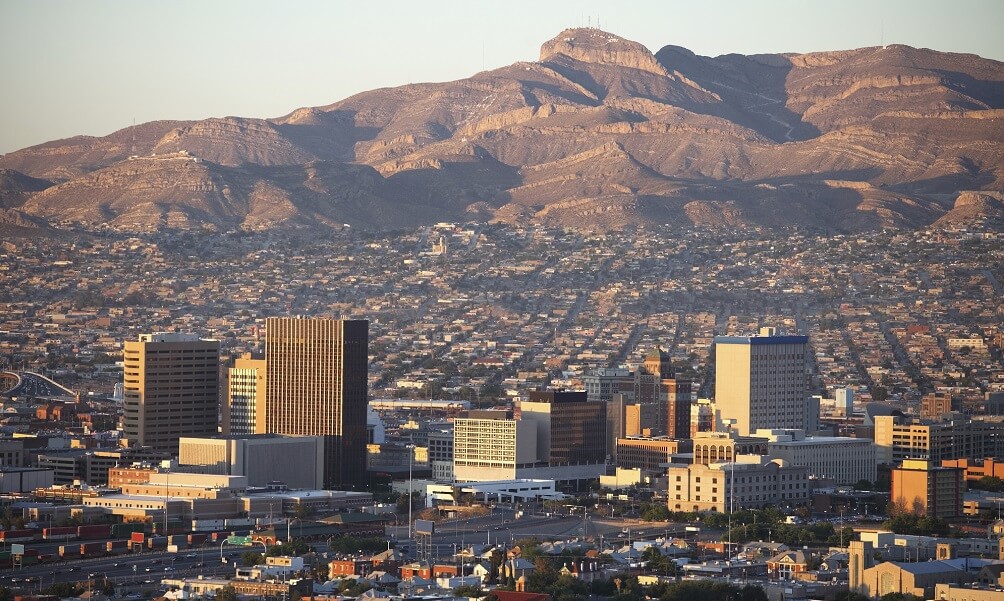

A border between countries can symbolize a separation between cultures, but residents of the world’s largest urban border region get to enjoy the best that both nations have to offer.

In this audio clip, Paul Lo, the first Hmong American judge in the country, recalls his first days in the United States. Listen to Lo talk about his experience growing up as an immigrant from Laos.

Most people would agree that learning another language has benefits. But this article highlights why people who are bilingual are more cognitively advantaged than those who speak just one language.

Find out how a group of immigrants from all over the world are working to overcome the obstacles that would prevent them from contributing meaningfully to their new home.

Each fall, the prestigious Nobel Prizes are awarded. Over the history of the awards, a substantial percentage of winners for the United States weren’t born here.
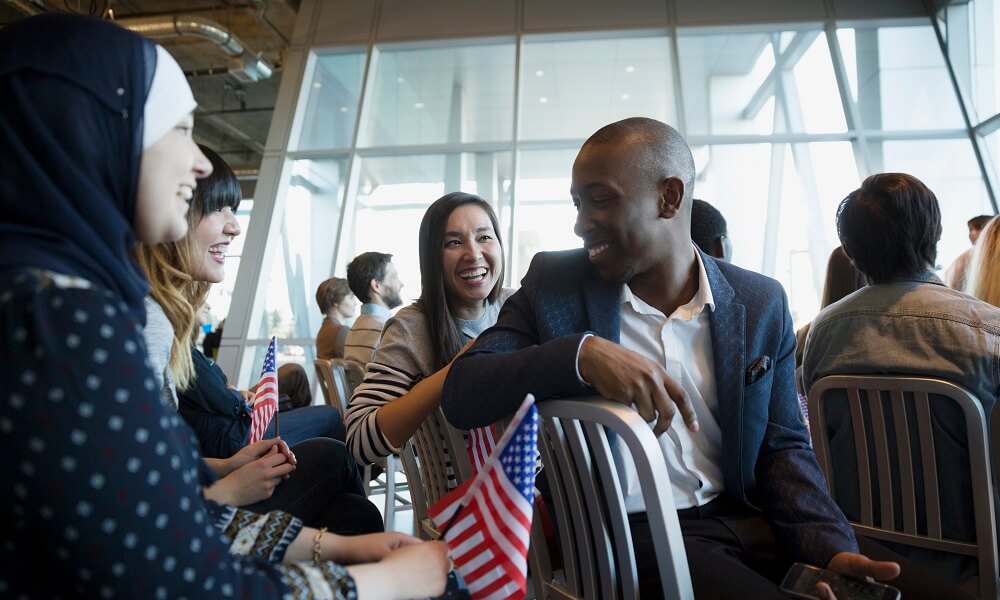
Constitution Day, observed every September 17th, is an occasion for citizenship ceremonies across the country. Watch a video about the ceremony and find out how students can participate.

Because the children of immigrants often develop a command of English before their parents do, kids frequently serve as interpreters. That necessity can sometimes put young people in difficult situations.
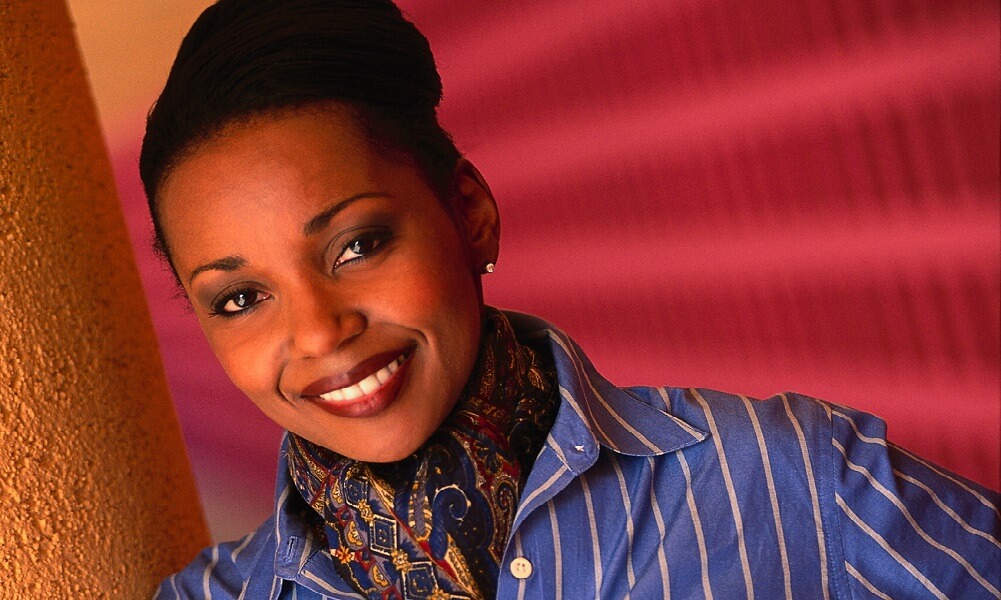
A college president reflects on ways in which cultural diversity strengthens our country.

Culture and belonging aren’t all or nothing. Learn about the concrete benefits of identifying with two or more cultures.
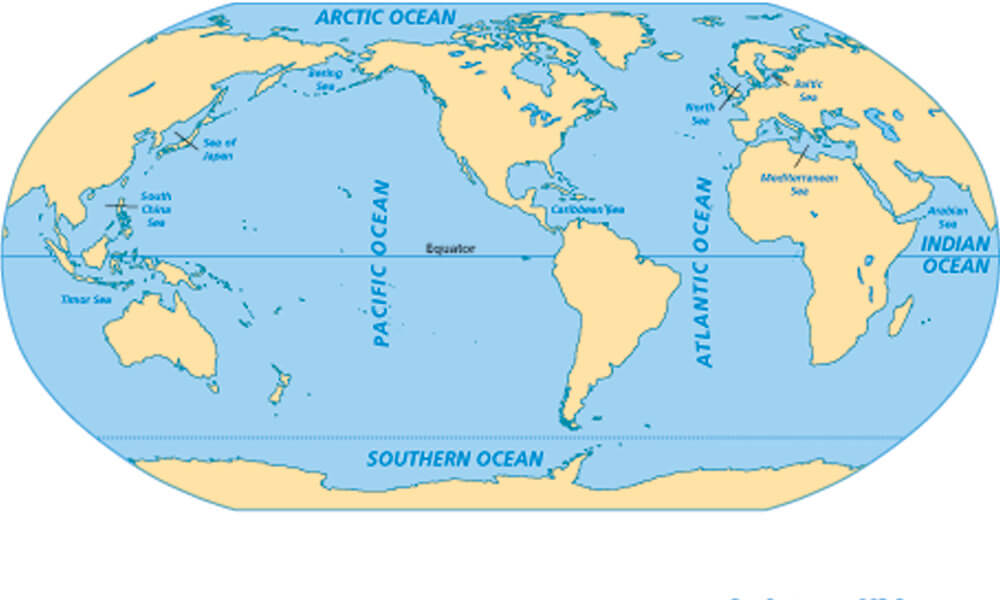
The interactive map at this link shows global immigration and emigration activity between 1990 and 2017.
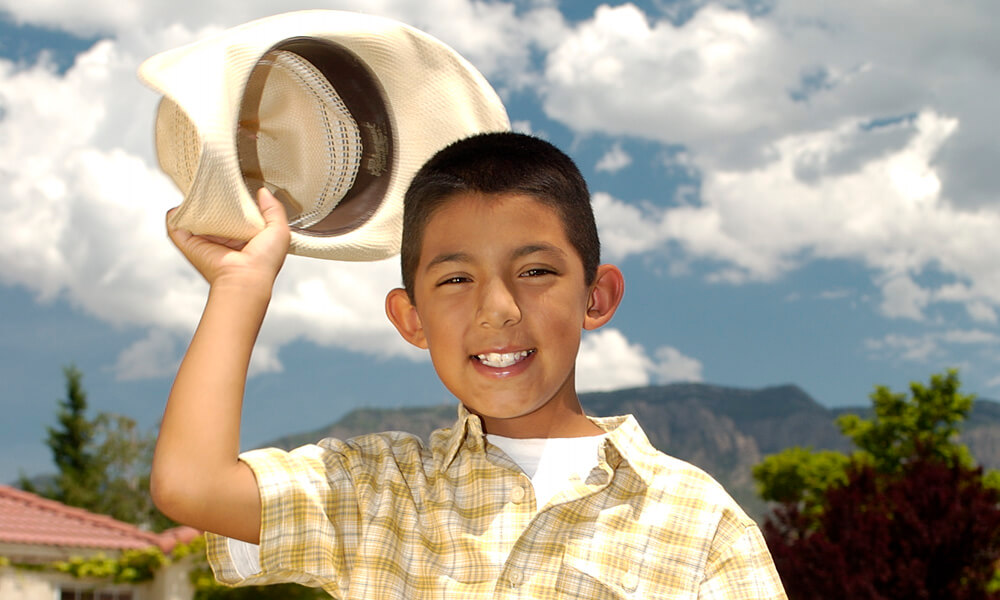
This article highlights recent research that suggests immigrants assimilate into American culture in different ways in different parts of the country.

Two recent studies conducted by the Pew Research Center indicate that fewer Americans are identifying as Hispanic or Latino than in the past. This article examines the reasons for this trend.

Pow wows are events in which Native Americans can express their cultural heritage through dance and foster a sense of community. Traditional pow wows have been around for hundreds of years, but a newer kind of intertribal event has become popular recently. Read about how the two forms coexist in today’s pow wow culture.

Click this link to read and hear about some of the experiences Americans have had when questioned about their cultural backgrounds and identities.
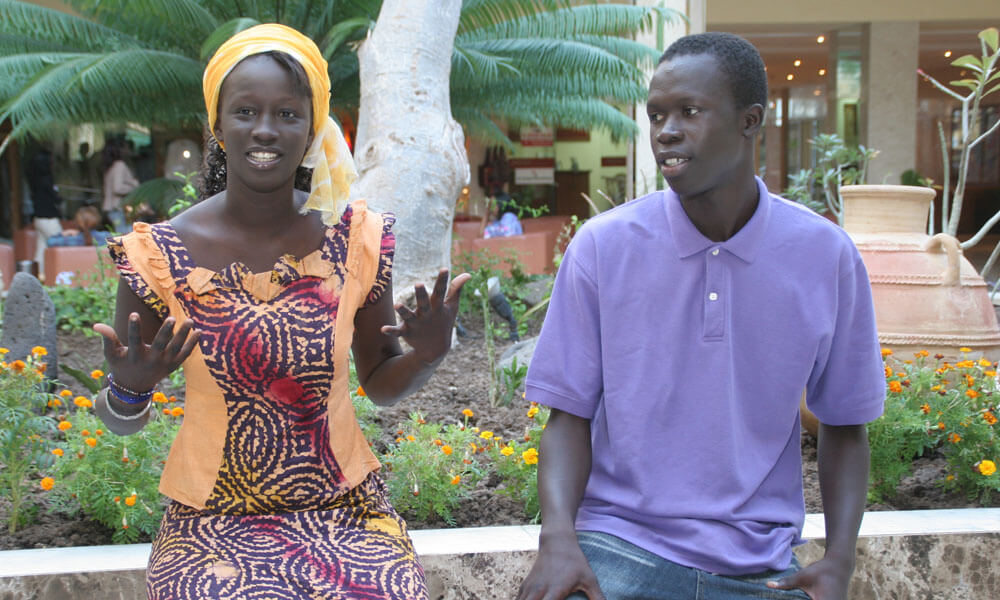
Read this article to learn about the recent rise in the number of African immigrants living in the United States.

In this article, a Finnish-Senegalese writer explains what it’s like having a complicated cultural identity. She likens the experience to wearing many masks.

How should immigrants answer questions about their race and nationality? In this article, one Indian American explores some of the frustrations and complexities of trying to answer such questions.

What are the hopes and fears someone has when she writes a book about her culture and family? In this interview, the author of The Latehomecomer discusses this question and more.

In this article, a reporter tells her story of becoming an American citizen and recalls some of her experience living with more than one cultural identity.

Do immigrants from African countries take on a shared cultural identity in American communities? This article takes a look at the case of Houston, Texas.